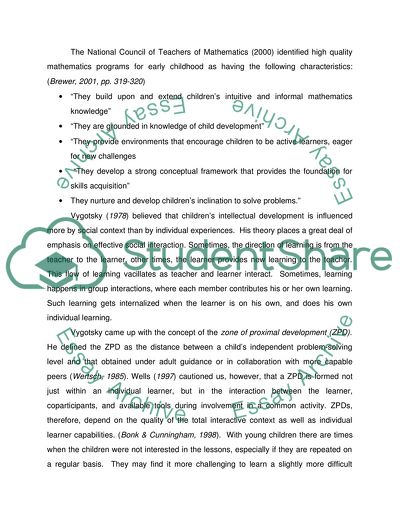Cite this document
(Program of The National Council of Teachers of Mathematics Case Study, n.d.)
Program of The National Council of Teachers of Mathematics Case Study. Retrieved from https://studentshare.org/education/1726599-research-report
Program of The National Council of Teachers of Mathematics Case Study. Retrieved from https://studentshare.org/education/1726599-research-report
(Program of The National Council of Teachers of Mathematics Case Study)
Program of The National Council of Teachers of Mathematics Case Study. https://studentshare.org/education/1726599-research-report.
Program of The National Council of Teachers of Mathematics Case Study. https://studentshare.org/education/1726599-research-report.
“Program of The National Council of Teachers of Mathematics Case Study”, n.d. https://studentshare.org/education/1726599-research-report.


